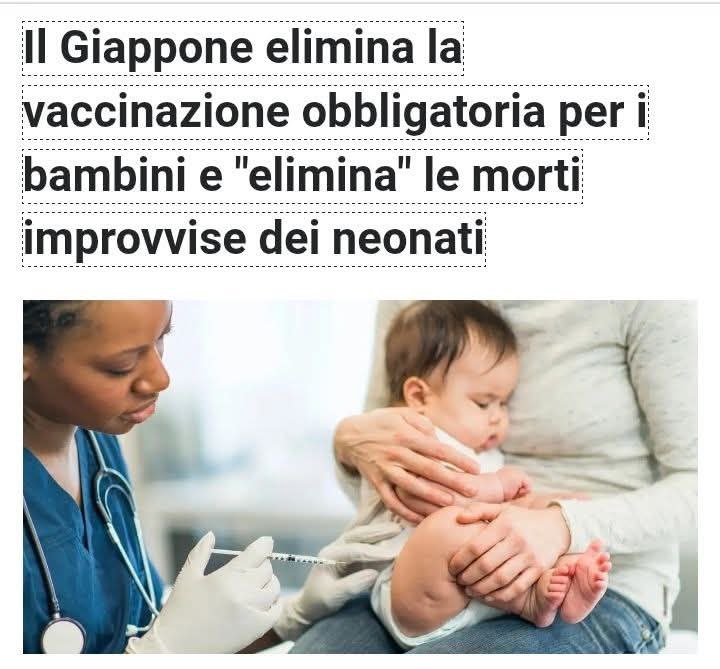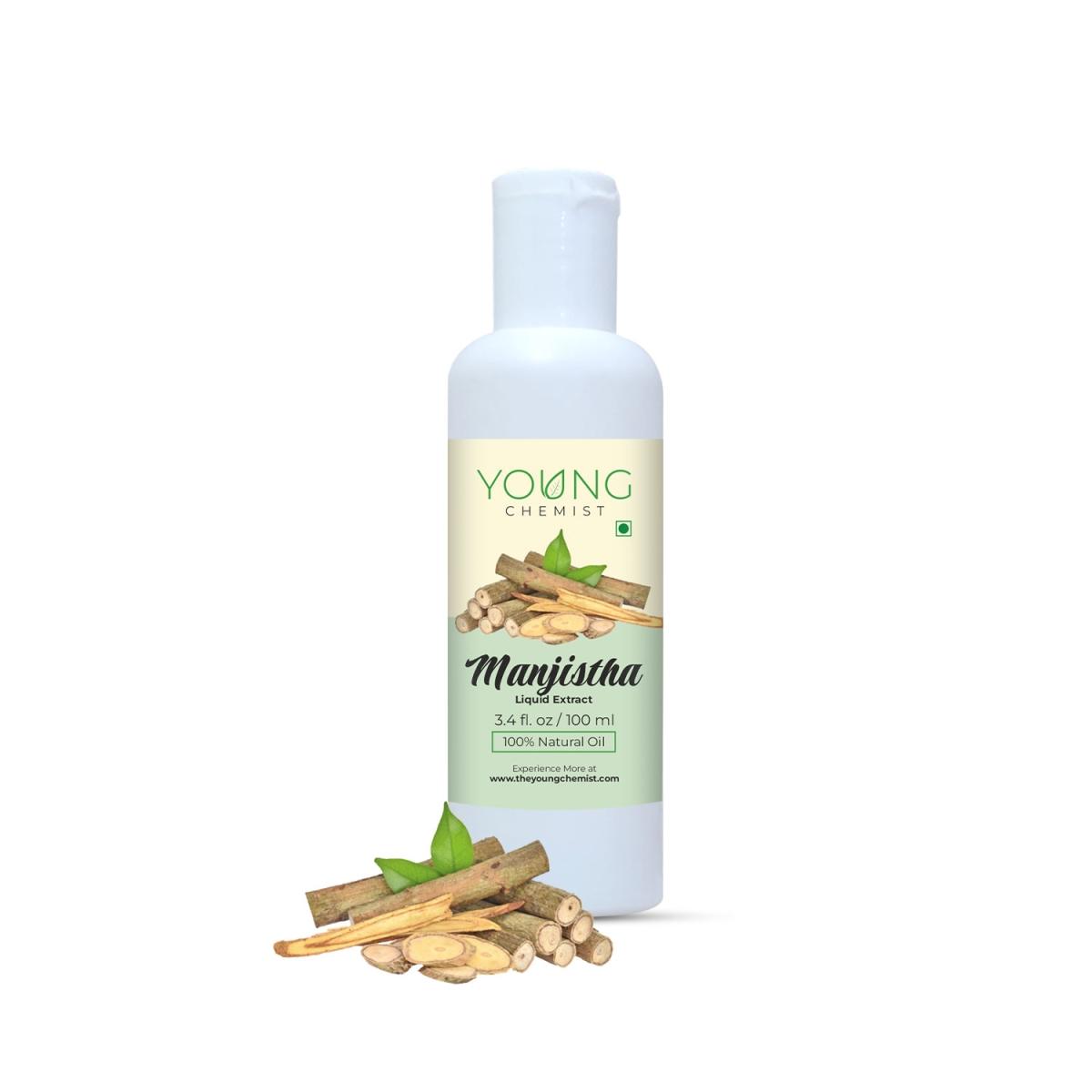EUNOMIS INFORMA, [29 Set 2025 alle 08:38]
https://www.ilgiornaleditalia.it/news/approfondimenti/734863/legittimita-degli-obblighi-vaccinali-la-sospensione-degli-stipendi-ai-non-vaccinati-di-nuovo-al-vaglio-della-corte-costituzionale.html
“Il Tribunale di Catania rimette nuovamente alla Corte Costituzionale”
* di Andrea Montanari, avvocato
Torna in Corte delle Leggi la “vexatissima quaestio” della sospensione (rectius, privazione) degli stipendi ai lavoratori non vaccinati nel periodo del Covid-19.
Una delle normative più ingiuste e contestate del recente governo Draghi di epoca “pseudo pandemica” (e forse dell’intera storia repubblicana) torna quindi a giudizio di illegittimità costituzionale, come peraltro abbiamo sempre segnalato sarebbe avvenuto.
D’altra parte, le famigerate sentenze del 2023 con cui la Corte delle Leggi rigetto’ istanze di remissione e interventi di numerosi avvocati e associazioni (tra cui la nostra Associazione EUNOMIS, con il sostegno di Società italiana di Medicina, difensori in mandato eravamo il sottoscritto e l’egregio avv. Francesco Cardile), volti a fare dichiarare l’illegittimita’ costituzionale dell’obbligo vaccinale e/o della abnorme e discriminatoria sanzione irrogata ai “resistenti” , erano evidentemente ERRATE dal momento che aderirono alla temeraria tesi (pseudoscientifica) della Avvocatura di Stato che sostenne (pur consapevole del contrario) che i farmaci per il Covid - 19 (detti irregolarmente “vaccini”) “prevenivano la trasmissione della infezione” (!).
Un clamoroso falso storico - sotto il profilo scientifico (da cui la Corte “delle Leggi” avrebbe dovuto astenersi o comunque dichiarare) - che era già noto alla data delle udienze di discussione in Corte che si tennero a fine anno 2022 dopo la lunga notte di veglia che tenemmo a Roma.
Un clamoroso falso storico dunque che oggi e’ emerso e dimostrato in tutta la sua fondatezza EX ANTE con la pubblicazione dei verbali del CTS della Presidenza del Consiglio dei Ministri (si v. , ex multis, il verbale 4/21 anteriore all’emissione del DL 44/21 che introdusse l’obbligo), con la ammissione di AIFA a seguito di accesso agli atti, con le audizioni in sede di Commissione parlamentare di inchiesta Covid-19, con decine di studi scientifici pubblicati (per quanto ciò risultasse già allora chiaramente anche dai cd. “bugiardini”).
Si riapriranno dunque le porte al risarcimento degli stipendi illegittimamente negati a tutti questi lavoratori e alle loro famiglie ?
Noi lo auspichiamo.
Consigliamo intanto la lettura dell’articolo allegato di commento all’ordinanza di rinvio del Tribunale catanese, uscito su Il Giornale d’Italia, a firma del prof. avv. Gianfrancesco Vecchio, membro del nostri team legali EUNOMIS e Società italiana di Medicina, che tra l’altro fu con noi in Corte Costituzionale.
* presidente EUNOMIS
* coordinatore Dipartimento Affari Legali Società italiana di Medicina
* presidente nazionale FenImprese Sanita’ - Insieme per Salute e Ben-essere
https://t.me/eunomis/4646EUNOMIS INFORMA, [29 Set 2025 alle 08:38]
https://www.ilgiornaleditalia.it/news/approfondimenti/734863/legittimita-degli-obblighi-vaccinali-la-sospensione-degli-stipendi-ai-non-vaccinati-di-nuovo-al-vaglio-della-corte-costituzionale.html
📍 “Il Tribunale di Catania rimette nuovamente alla Corte Costituzionale”
* di Andrea Montanari, avvocato
Torna in Corte delle Leggi la “vexatissima quaestio” della sospensione (rectius, privazione) degli stipendi ai lavoratori non vaccinati nel periodo del Covid-19.
Una delle normative più ingiuste e contestate del recente governo Draghi di epoca “pseudo pandemica” (e forse dell’intera storia repubblicana) torna quindi a giudizio di illegittimità costituzionale, come peraltro abbiamo sempre segnalato sarebbe avvenuto.
D’altra parte, le famigerate sentenze del 2023 con cui la Corte delle Leggi rigetto’ istanze di remissione e interventi di numerosi avvocati e associazioni (tra cui la nostra Associazione EUNOMIS, con il sostegno di Società italiana di Medicina, difensori in mandato eravamo il sottoscritto e l’egregio avv. Francesco Cardile), volti a fare dichiarare l’illegittimita’ costituzionale dell’obbligo vaccinale e/o della abnorme e discriminatoria sanzione irrogata ai “resistenti” , erano evidentemente ERRATE dal momento che aderirono alla temeraria tesi (pseudoscientifica) della Avvocatura di Stato che sostenne (pur consapevole del contrario) che i farmaci per il Covid - 19 (detti irregolarmente “vaccini”) “prevenivano la trasmissione della infezione” (!).
Un clamoroso falso storico - sotto il profilo scientifico (da cui la Corte “delle Leggi” avrebbe dovuto astenersi o comunque dichiarare) - che era già noto alla data delle udienze di discussione in Corte che si tennero a fine anno 2022 dopo la lunga notte di veglia che tenemmo a Roma.
Un clamoroso falso storico dunque che oggi e’ emerso e dimostrato in tutta la sua fondatezza EX ANTE con la pubblicazione dei verbali del CTS della Presidenza del Consiglio dei Ministri (si v. , ex multis, il verbale 4/21 anteriore all’emissione del DL 44/21 che introdusse l’obbligo), con la ammissione di AIFA a seguito di accesso agli atti, con le audizioni in sede di Commissione parlamentare di inchiesta Covid-19, con decine di studi scientifici pubblicati (per quanto ciò risultasse già allora chiaramente anche dai cd. “bugiardini”).
Si riapriranno dunque le porte al risarcimento degli stipendi illegittimamente negati a tutti questi lavoratori e alle loro famiglie ?
Noi lo auspichiamo.
Consigliamo intanto la lettura dell’articolo allegato di commento all’ordinanza di rinvio del Tribunale catanese, uscito su Il Giornale d’Italia, a firma del prof. avv. Gianfrancesco Vecchio, membro del nostri team legali EUNOMIS e Società italiana di Medicina, che tra l’altro fu con noi in Corte Costituzionale.
* presidente EUNOMIS
* coordinatore Dipartimento Affari Legali Società italiana di Medicina
* presidente nazionale FenImprese Sanita’ - Insieme per Salute e Ben-essere https://t.me/eunomis/4646












